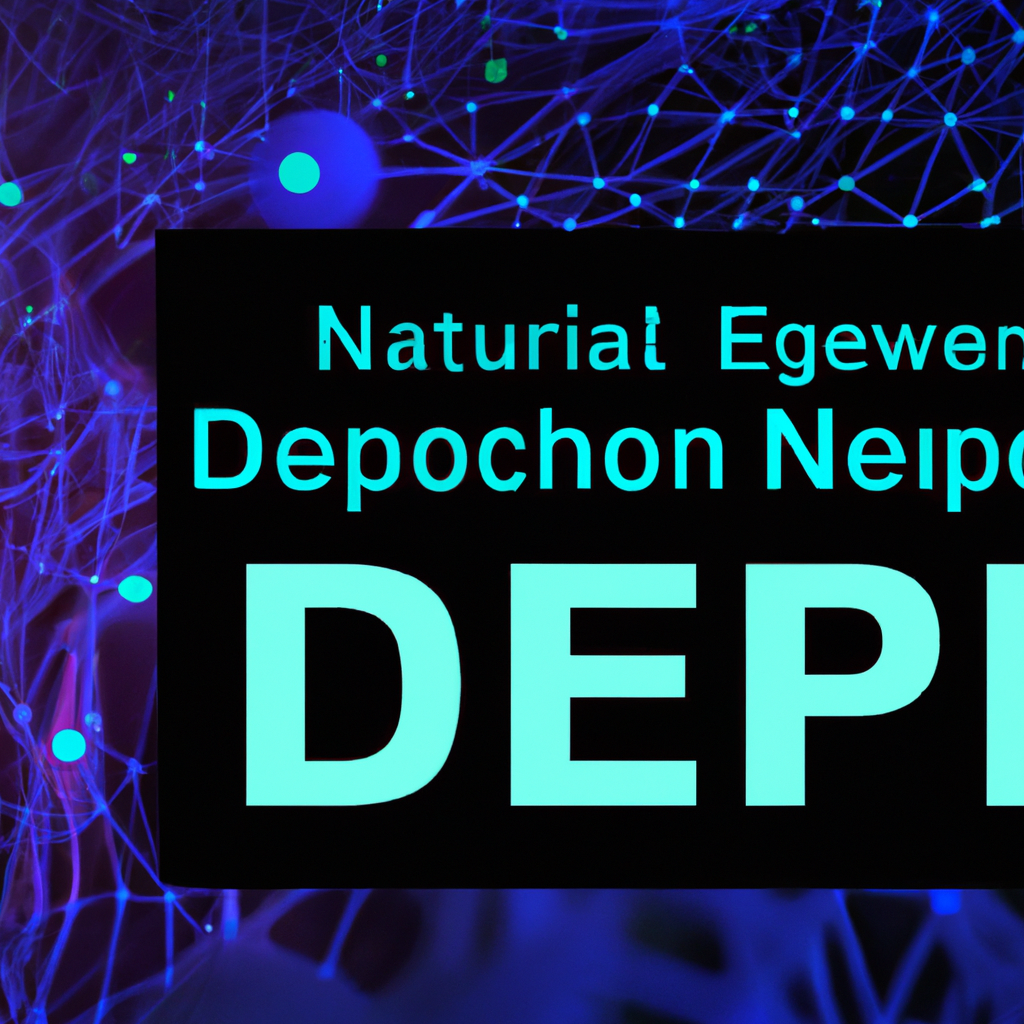Understanding the Principles of Deep Learning in Neural Networks
Table of Contents
Understanding the Principles of Deep Learning in Neural Networks
# Introduction
In recent years, deep learning has emerged as a powerful technique in the field of artificial intelligence and has revolutionized various domains such as computer vision, natural language processing, and speech recognition. It has significantly improved the state-of-the-art performance in many complex tasks, making it a hot topic of research and development. In this article, we will delve into the principles of deep learning in neural networks, exploring its foundations, architectures, and training mechanisms.
# Foundations of Deep Learning
Deep learning is a subfield of machine learning that focuses on learning representations from raw data. Unlike traditional machine learning algorithms, which rely on handcrafted features, deep learning aims to automatically learn hierarchical representations of the data. This is achieved through the use of artificial neural networks, which are inspired by the structure of the human brain.
At the core of deep learning lies the concept of a neural network. A neural network consists of interconnected nodes called neurons, organized in layers. Each neuron takes inputs, applies a non-linear activation function, and produces an output. The layers in a neural network can be classified into three types: input layer, hidden layers, and output layer. The hidden layers are responsible for learning the complex representations of the data, while the output layer produces the final prediction or classification.
Deep neural networks are characterized by having multiple hidden layers, enabling them to learn intricate and abstract representations of the data. The depth of the network allows for the extraction of high-level features, which are built upon lower-level features learned in the preceding layers. This hierarchical representation learning is the key to the success of deep learning in various domains.
# Architectures in Deep Learning
There are several popular architectures in deep learning, each designed for specific tasks and data types. Convolutional Neural Networks (CNNs) are widely used in computer vision tasks, such as image recognition and object detection. CNNs exploit the spatial structure of images through the use of convolutional layers, which apply filters to extract local patterns. This architecture has proven to be highly effective in tasks where the input data has a grid-like structure, such as images.
Recurrent Neural Networks (RNNs) are another important architecture in deep learning, particularly suited for sequential data, such as natural language processing and speech recognition. Unlike feedforward neural networks, RNNs have connections between neurons that form directed cycles, allowing information to persist across different time steps. This makes them capable of capturing dependencies and patterns in sequential data, making them highly effective for tasks involving temporal dynamics.
Generative Adversarial Networks (GANs) have gained significant attention in recent years for their ability to generate realistic artificial data. GANs consist of two neural networks, a generator and a discriminator, which are trained adversarially. The generator generates synthetic data samples, while the discriminator tries to distinguish between real and fake samples. Through this adversarial training, GANs can capture the underlying distribution of the data and generate new samples that resemble the real data.
# Training Mechanisms in Deep Learning
The training process in deep learning involves optimizing the parameters of the neural network to minimize a predefined loss function. This is typically done through a technique called backpropagation, which efficiently computes the gradients of the loss function with respect to the network parameters. The gradients are then used to update the parameters using an optimization algorithm such as stochastic gradient descent (SGD).
One of the challenges in training deep neural networks is the vanishing or exploding gradient problem. As the gradients are backpropagated through the layers, they can become extremely small or large, making it difficult for the network to learn effectively. This issue is mitigated through the use of activation functions that alleviate the saturation problem, such as Rectified Linear Units (ReLU). Additionally, techniques like batch normalization and residual connections have been introduced to stabilize the training process and enable the training of deeper networks.
Another important aspect of training deep neural networks is the availability of large labeled datasets. Deep learning models typically require a significant amount of data to generalize well. In cases where labeled data is scarce, techniques like transfer learning and data augmentation can be employed to leverage pre-trained models or generate synthetic data samples to augment the training set.
# Conclusion
Deep learning has revolutionized the field of artificial intelligence and has achieved remarkable performance in various domains. By learning hierarchical representations from raw data, deep neural networks have shown their ability to extract complex features and capture intricate patterns. Architectures like CNNs, RNNs, and GANs have been designed to cater to specific types of data and tasks, further enhancing the capabilities of deep learning. Training mechanisms, such as backpropagation and optimization algorithms, play a crucial role in optimizing the network parameters. Despite the challenges, deep learning continues to push the boundaries of what can be achieved in the realm of computation and algorithms, making it a fascinating and promising field of research.
# Conclusion
That its folks! Thank you for following up until here, and if you have any question or just want to chat, send me a message on GitHub of this project or an email. Am I doing it right?
https://github.com/lbenicio.github.io

